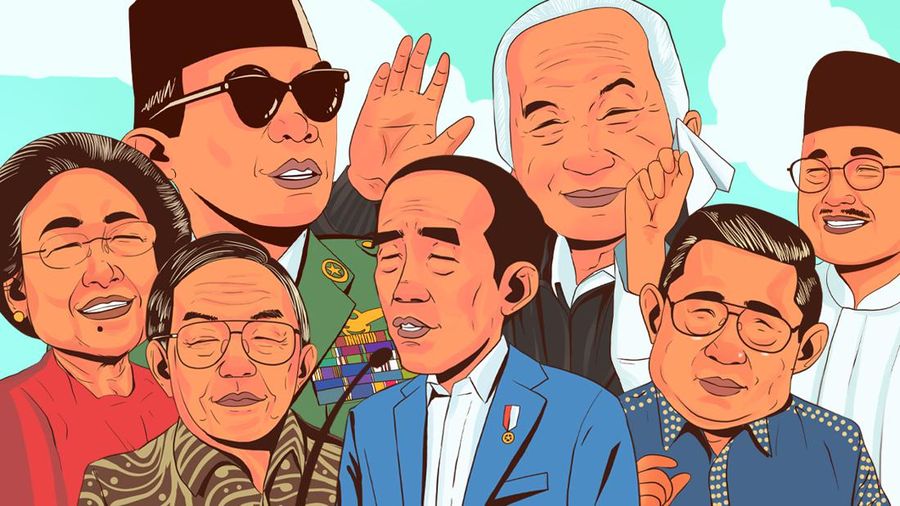Singapore – The Singapore dollar has gained significant ground against the U.S. dollar in 2025, rising by 6 to 7 percent year-to-date—marking its strongest appreciation in two decades. Trading as low as 1.28 to the dollar, the Singdollar’s strength is reshaping travel, trade, and investment decisions in Asia, while subtly challenging the financial dominance of the United States.
What began as relief for Singaporean families funding overseas education and travel has quickly morphed into a symbol of shifting global economic currents. The stronger Singdollar has reduced tuition costs and improved purchasing power abroad, but it has also raised the specter of a currency power shift in Southeast Asia.
“This is more than a travel story,” said FX strategist Christopher Wong of OCBC. “It’s a signal of trust in Singapore’s monetary policy and underlying fundamentals, especially as investors pull back from U.S. assets.”
The decline of the U.S. dollar—partially attributed to unresolved fiscal tensions, a ballooning national debt, and political unpredictability—has left the Federal Reserve’s future role in question. Experts such as BOS strategist Sim Moh Siong have warned that potential threats to the Fed’s independence, especially following Jerome Powell’s expected departure in 2026, could erode global trust in the greenback.
Under former President Donald Trump’s renewed trade war policies, average U.S. tariff rates have climbed to 18%, up from 2% to 3% previously. This has fueled concerns over artificial short-term economic boosts, particularly in export-heavy sectors like electronics. “We could be seeing front-loaded growth that fades quickly by year-end,” said Sim.
Meanwhile, the Monetary Authority of Singapore (MAS) has twice eased its policy stance in 2025, navigating carefully between competitive export dynamics and capital inflows. With the Singdollar still seen as a regional safe haven, further appreciation may deepen strain on exporters but bolster the city-state’s strategic financial role.
Importers have benefited, particularly in energy and raw materials sectors, yet ASEAN counterparts who transact in Singdollars are facing mounting pressure. Export-oriented firms in Singapore also risk losing competitiveness due to higher price tags in foreign markets.
For now, investors continue flocking to U.S. dollar time deposits, lured by high interest rates offered by banks like DBS (4.06%-4.16%) and OCBC (4.2%). Yet this behavior masks deeper uncertainties: will the greenback hold its global supremacy in the long run?
As debates swirl around U.S. tax reform, debt expansion (an estimated US$3–5 trillion from Trump’s tax bill), and potential Fed politicization, the Singdollar’s quiet ascent poses a strategic question: is global monetary power slowly recalibrating toward more stable, smaller economies?
The battle over trust in currency—once the unchallenged realm of the U.S. dollar—may now be entering a new multipolar era.






